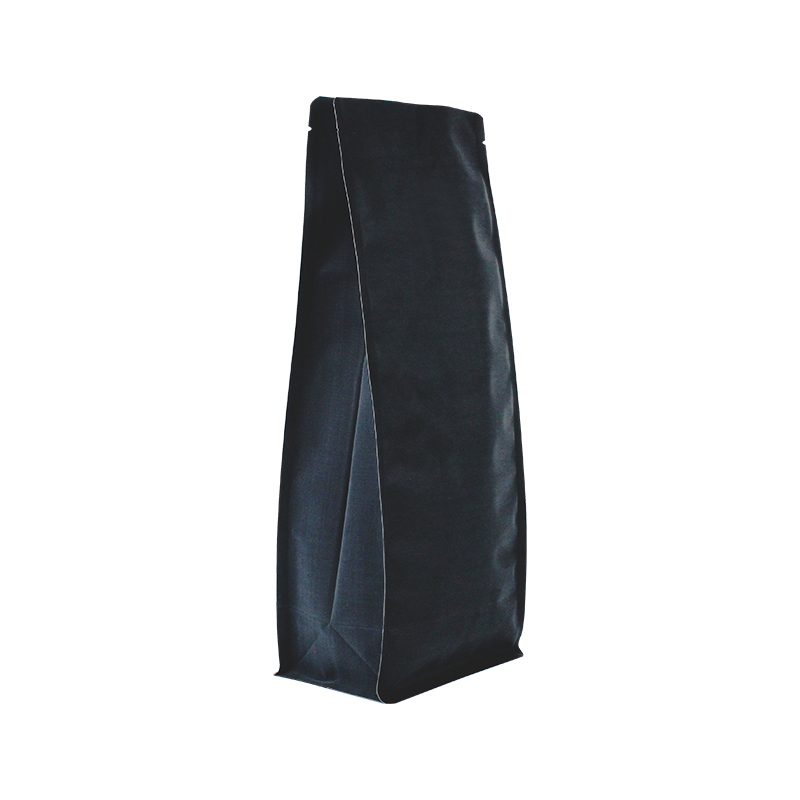types of sustainable packaging materials
Types of Sustainable Packaging Materials
As the world increasingly focuses on sustainability, the packaging industry is undergoing a significant transformation. Traditional packaging materials, often derived from fossil fuels and designed for single-use, are being replaced by more environmentally friendly options. Sustainable packaging materials not only help reduce the carbon footprint but also support the circular economy. This article explores various types of sustainable packaging materials currently making waves in the market.
1. Biodegradable Materials
Biodegradable packaging breaks down naturally in the environment, typically within a few months to years, depending on the material and conditions. Common biodegradable materials include plant-based plastics, such as polylactic acid (PLA) derived from corn starch or sugarcane. These materials are suitable for various applications, from food containers to shopping bags, and decompose into harmless substances, such as water, carbon dioxide, and biomass. However, it's essential to note that they do require specific composting conditions to break down effectively.
2. Recycled Paper and Cardboard
Recycled paper and cardboard are among the most widely used sustainable packaging materials. They are sourced from post-consumer waste, thus reducing the need for new raw materials. Packaging made from recycled paper is both lightweight and recyclable, supporting a circular economy. Additionally, paper and cardboard can be easily printed on, making them an attractive option for branding. They're commonly used for boxes, wrapping paper, and bags. When sourcing these materials, consumers should look for certifications, such as the Forest Stewardship Council (FSC) label, ensuring responsible forestry practices.
Glass is a highly sustainable packaging material due to its recyclability and reusability. It can be recycled indefinitely without loss of quality, making it a perfect candidate for sustainable packaging. Glass containers for food, beverages, and cosmetics are gaining popularity as consumers seek alternatives to plastic. Although glass packaging is heavier and more fragile than plastic, its advantages in sustainability far outweigh these downsides. Furthermore, glass does not leach harmful chemicals into food or beverages, making it a safe choice for consumers.
types of sustainable packaging materials

4. Metal Packaging
Metal, particularly aluminum and steel, is another sustainable option. Like glass, metals are highly recyclable and can be reused repeatedly without degrading. Aluminum cans for beverages and steel containers for food are commonly used. The recycling process for metals is highly energy-efficient compared to producing new materials from raw resources. Moreover, the use of metal packaging helps to extend the shelf life of products, reducing food waste.
5. Plant-Based Materials
Beyond traditional biodegradable plastics, various advanced plant-based materials are being developed for packaging. Innovations like mycelium (the root structure of fungi) and seaweed-based packaging are gaining attention. Mycelium can be grown to form packaging shapes and is entirely compostable. Seaweed-based films are also emerging as alternatives to plastic wraps and bags, providing similar functionality without the environmental toll. These materials not only contribute to sustainability but also create opportunities for new markets and agricultural practices.
6. Minimalist Packaging
Another approach to sustainable packaging is the reduction of materials used. Minimalist packaging emphasizes using fewer resources while still providing necessary protection and functionality. This includes simplifying designs, using smaller boxes or bags, or even opting for bulk packaging solutions. Companies adopting minimalist packaging reduce waste and costs while appealing to environmentally conscious consumers.
Conclusion
The shift towards sustainable packaging materials is essential for combating environmental challenges and reducing waste. Consumers are increasingly aware of the ecological impact of their purchasing decisions, driving demand for eco-friendly alternatives. Businesses that adopt sustainable practices not only enhance their brand image but also contribute positively to the planet. As innovation continues in this field, the future of packaging holds great promise, offering more options for sustainable materials that are both practical and environmentally responsible. By supporting these developments, we can all play a part in fostering a healthier planet.













